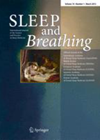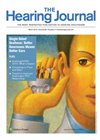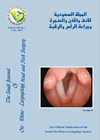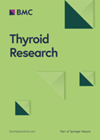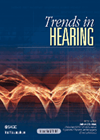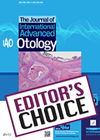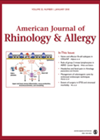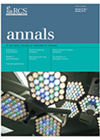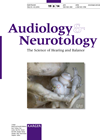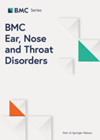
Journal Reviews archive for 2015
Diagnosis and treatment of snoring in adults – S2k Guideline of the German Society of Otorhinolaryngology, Head and Neck Surgery
This article summarises the work done by the German Society of Otorhinolaryngology, who have developed guidelines for the management of snoring. ‘S2k’ is German nomenclature for a consensus based guideline, which (for those of you interested in such things), is...
A future for unilateral deafness
Every year, we see several patients struggling with irreversible unilateral hearing loss that is non-responsive to sound amplification. This article emphasises that clinicians should not underestimate the functional and psychological impairment single-sided deafness can have on an individual, even though...
Sulcus vocalis in patients attending voice clinics: A retrospective study
Sulcus vocalis was first described by Giacomini. This includes a variety of anatomic indentations of the vocal fold, ranging from shallow longitudinal furrows to deep vocal cord pits. This retrospective study was conducted at King Saud University between 2006 and...
Follicle stimulating hormone receptors; an aid for the pathologist?
It is well known that Follicle Stimulating Hormone receptors (FSHRs) are found in extra-gonadal tumours such as those within thyroid tissue. This Polish study analysed 44 thyroid resection specimens to look for the presence of these receptors. No mention is...
Hearing loss in the young and self-esteem
How can those involved in the care of children with hearing loss identify those at risk of low self-esteem? This study provides some guidance. Overall differences from hearing peers in terms of communication skills, physical appearance and social maturity place...
The effect of sleep deprivation on auditory processing
This article caught my eye for personal and professional reasons. As a full time ENT trainee working 24-hour on-calls, I also have young children who have never slept through the night and don’t respect weekends or days off. My FRCS...
Outcomes in rhinosinusitis
This review goes through the various different ways of assessing outcomes and describes the pros, cons and limitations of each. The different methods are described in the context of guidelines in diagnosis and management and compared with other conditions such...
Sarcoidosis and the nose
This retrospective case note review from Mount Sinai in New York looked at just 14 patients with sarcoidosis. Individual ENT units in the UK are likely to see relatively few of these patients, unless there is a major tertiary referral...
Patient-reported outcome measures in septorhinoplasty
Patient-reported outcome measures (PROMs) are used increasingly in surgical research to quantify the efficacy of surgical interventions. This can help to fill an ‘evidence gap’ where healthcare rationing threatens particular treatments. Procedures aimed at improving quality of life, especially with...
Aural fullness in Ménière’s disease
This survey of the Finnish Ménière’s Association aimed to examine the severity and consequences of aural fullness, the least reported cardinal symptom of Ménière’s disease. An initial pilot survey informed a second, restructured survey, giving a total of 726 respondents...
Clinical evaluation of an image-guided cochlear implant programming strategy
This study ingeniously combines two current areas of active research in cochlear implantation (CI), the first is the use of imaging to assess intra-cochlear electrode position. The second, is the optimisation of a programming strategy to prevent current spread between...
Review: Cochlear Implantation in SSD?
Contra lateral routing of signals (CROS) using hearing aids and bone conduction devices has been the conventionally accepted modality for the treatment of single sided hearing impairment. The CROS hearing aid has been found to improve speech understanding in noise,...

